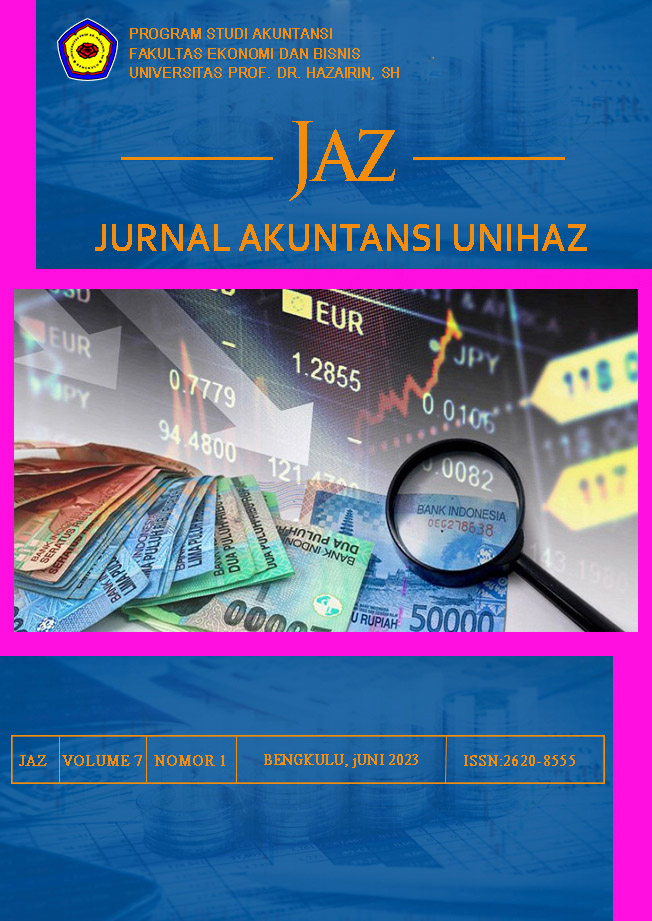MENGUKUR PENGGUNAAN INSURTECH DARI DIMENSI INOVASI, SALURAN KOMUNIKASI, WAKTU, DAN SISTEM SOSIAL DI KOTA DENPASAR.
DOI:
https://doi.org/10.32663/qwjesh59Keywords:
Insurtech, users, diffusion technology, financial technologyAbstract
Advancements in technology are crucial for accessing information in a number of fields, including industry, education, health, and the economy. The lives of individuals become more practical and efficient when they use technology because everything can be done with ease. Many societal organizations have taken use of the internet's rapid advancements to produce new advances in information systems and technology; one such invention is financial technology (Fintech). Insurtech is one type of fintech; it uses technology to gather and examine massive volumes of data (big data) in order to more precisely assess risks. The respondents to this study were Denpasar people who used insurance insurtech, The research methodology employed in this study is purposive sampling. The results of this calculation sample size of this research are 125 respondens. The result shows innovation has a positive relationship with insurtech users and this implies that there will be a rise in insurtech users if the innovation variable rises. Communication channels have a positive relationship with insurtech users, this implies that there will be a rise in insurtech users if the communication channel variable rises. Time has a positive relationship with insurtech users. This implies that there will be a rise in insurtech users if the social system's factors rise.














